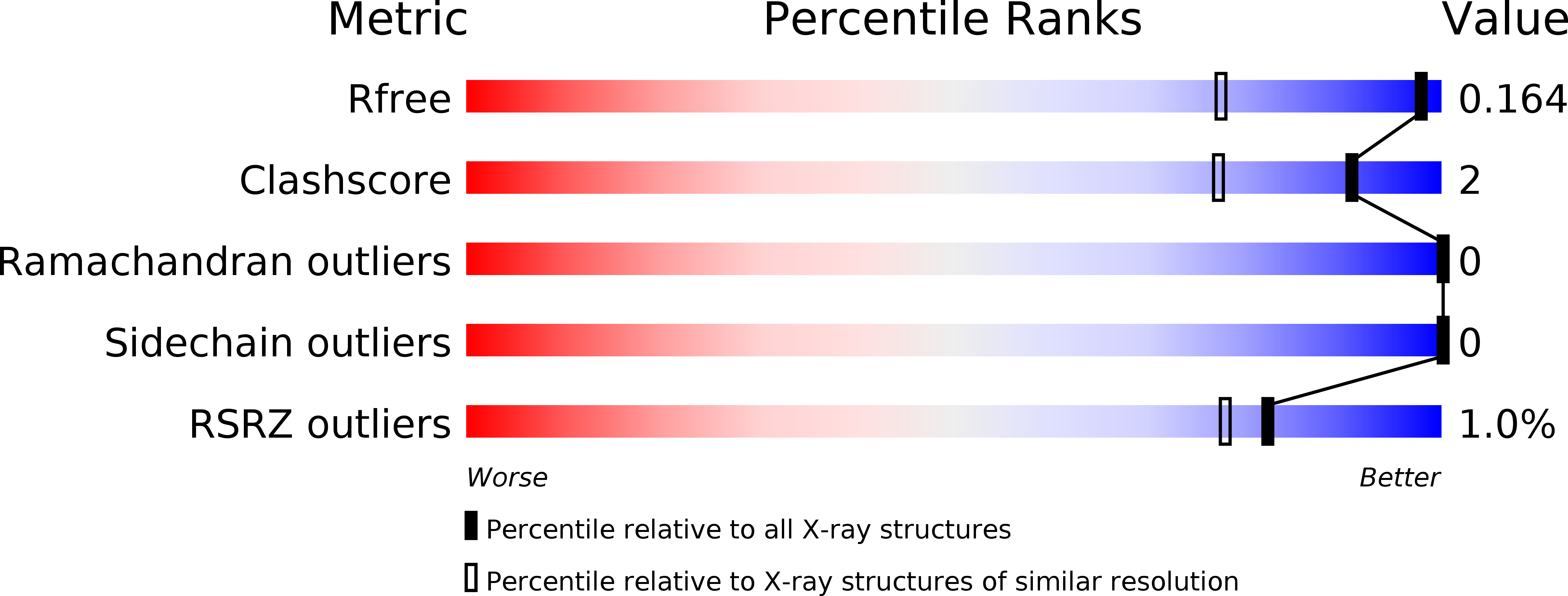
Deposition Date
2015-01-06
Release Date
2015-07-01
Last Version Date
2024-01-10
Entry Detail
PDB ID:
4XHV
Keywords:
Title:
Crystal structure of Drosophila Spinophilin-PDZ and a C-terminal peptide of Neurexin
Biological Source:
Source Organism:
Drosophila melanogaster (Taxon ID: 7227)
Host Organism:
Method Details:
Experimental Method:
Resolution:
1.23 Å
R-Value Free:
0.16
R-Value Work:
0.13
R-Value Observed:
0.13
Space Group:
P 43 21 2


